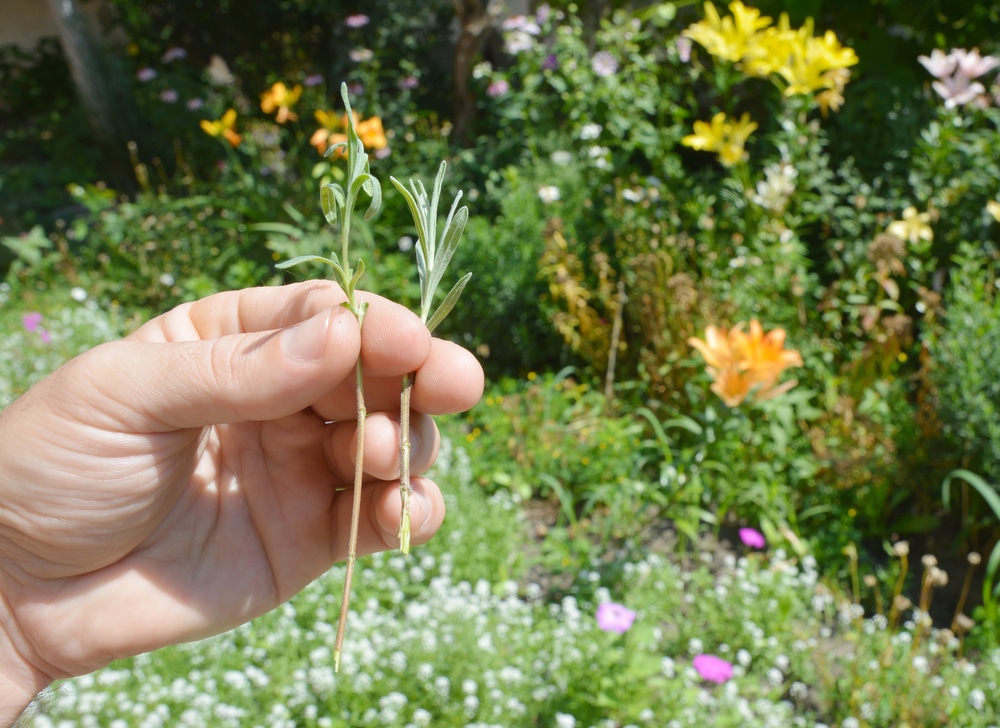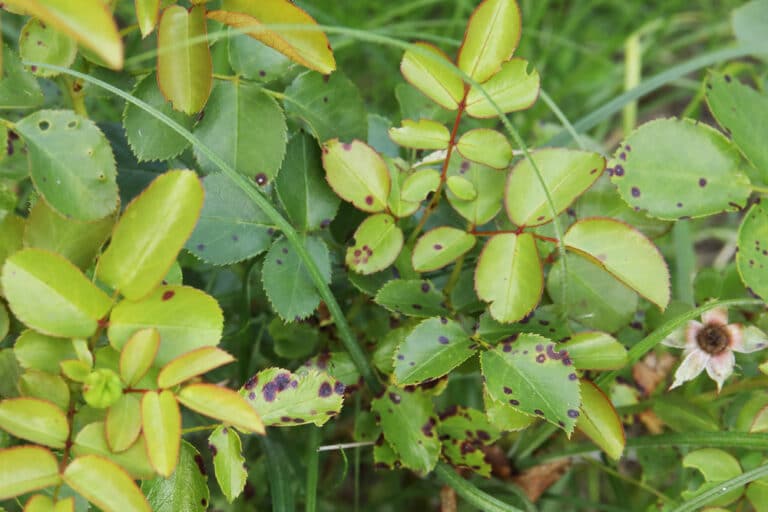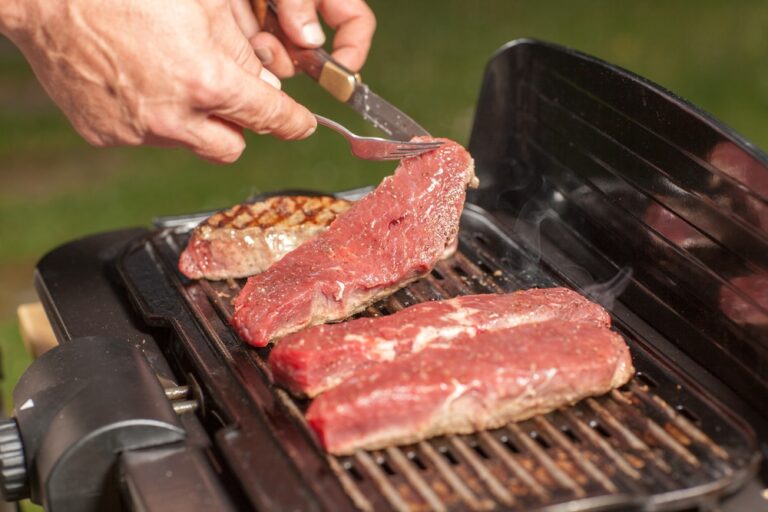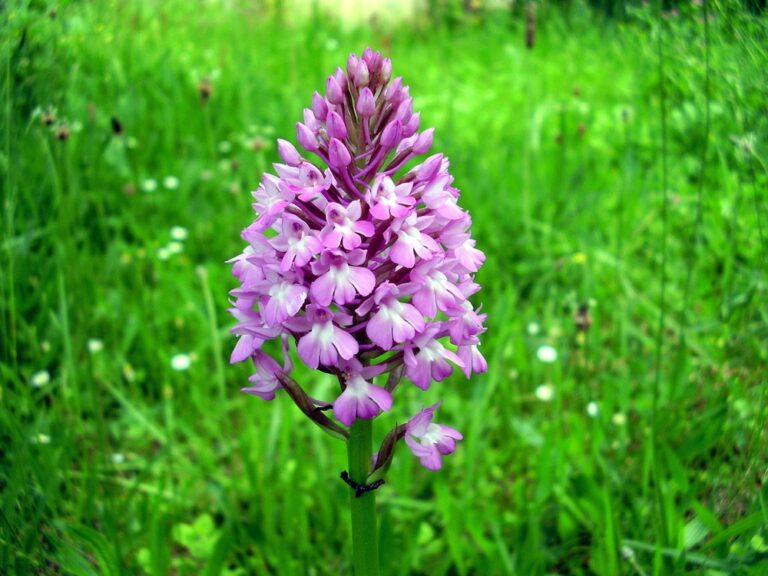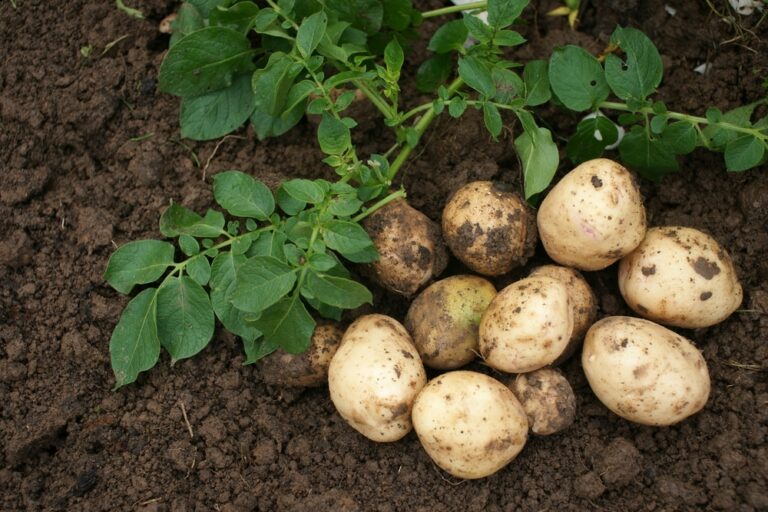If you’re looking to add lavender plants to your garden, you can quickly propagate new plants by taking cuttings from existing ones. It is a cost-effective and efficient way to grow your plant collection, and it’s also a fun project to do with your kids!
This beginners’ guide will walk you through the steps of how to take lavender cuttings for your garden.
Why Grow Lavender Plants?
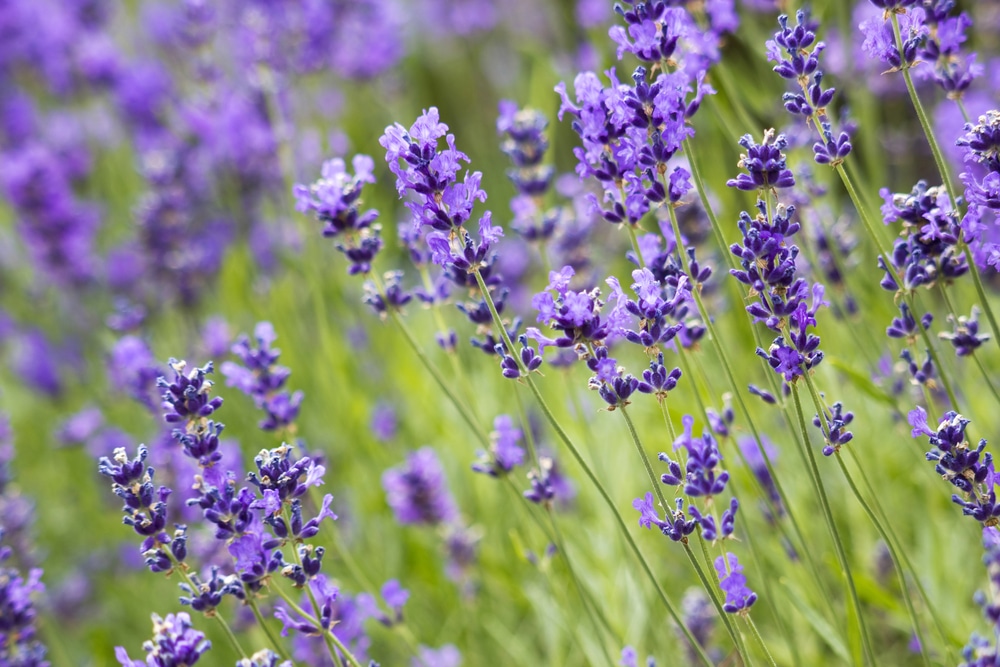
Lavender is a beautiful and fragrant perennial plant. It’s great for attracting butterflies, bees and other pollinators to your garden! You can use it in cooking or as an essential oil for aromatherapy purposes.
These plants use little water and require little care — once established, they will continue thriving year after year without much care.
However, it is difficult to germinate lavender seeds, so it’s best to propagate by taking cuttings from an established plant. This way, you can ensure that the new plants will grow successfully!
What Are the Different Types of Lavender?
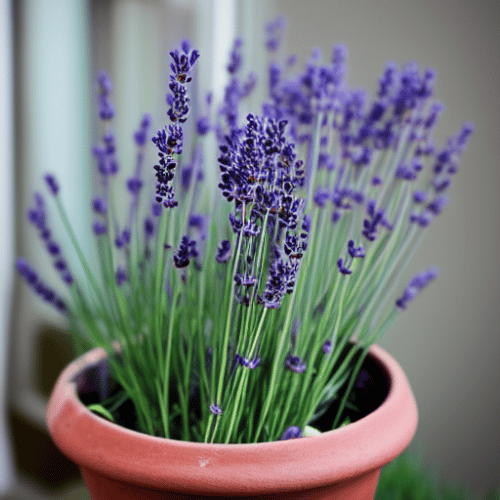
There are many types of lavender. The most common type is English lavender (Lavandula angustifolia), but there are other varieties. Here’s a list of some common varieties:
English Lavender (L. angustifolia)
English lavender has the most fragrant flowers and is suitable for cooking. The plant blooms starting late spring until early summer and comes in different colours – pink, purple or white.
Spanish Lavender (L. stoechas)
Spanish lavender is the largest variety. It produces small clusters of blooms on long stems and has broad leaves. The flowers are a deep purple colour.
French Lavender (L. dentata)
French lavender is shorter than Spanish lavender and has smaller leaves. It blooms between July and December, producing pink or purple flowers.
French varieties produce mauve, white, or pale blue with petals that fold back at the tip. The leaves are jagged at the edges.
What’s remarkable about this variety is that it can thrive in humid conditions and does not need much water.
Lavandin (L. x intermedia)
The lavandin plant is a hybrid of English lavender. Beginning to bloom in early summer, it is as fragrant as the English lavender, but they have longer stems and grow faster.
Like the French lavender, this variety thrives in a hot and humid atmosphere. It is also less susceptible to fungal diseases.
How to Take Lavender Cuttings: A Step-by-Step Guide
Now that you know quite a bit about these fragrant flowering plants, let’s walk you through the steps of how to propagate lavender from cuttings from an existing plant.
Step 1: Prepare Your Supplies
You will see the following:
- Lavender plant with healthy stems
- Pruning shears or a sharp knife
- Rooting hormone (optional)
- Water
- Potting soil
Step 2: Choose a Healthy Lavender Plant
An essential step in lavender propagation is choosing a good mother plant. It should have healthy stems and leaves with no signs of disease or damage.
You will be taking cuttings from these stems and leaves, so make sure they are strong enough to support new growth!
Step 3: Cut the Stems
Now you’re ready to take the cuttings! Choose stems that are about six inches long. Cut them straight across so that you have a clean cut.
Make sure to include at least two sets of leaves on the cutting.
Pro Tip: If possible, try not getting any of the plant’s sap on your skin, as it can be irritating.
Step 4: Remove Any Flowers and Buds
Remove any flowers or buds present in each lavender cutting, as these will divert the plant’s energy away from growing new roots.
Step 5: Dip the Cut Stems in Rooting Hormone
Dip the stem into rooting hormone or honey, then place it in a small pot filled with soil and water well.
Cover the whole pot with a clear polythene bag or a plastic bag to keep it moist, as a mini-greenhouse does.
Step 6: Place the Pot in a Sunny Area
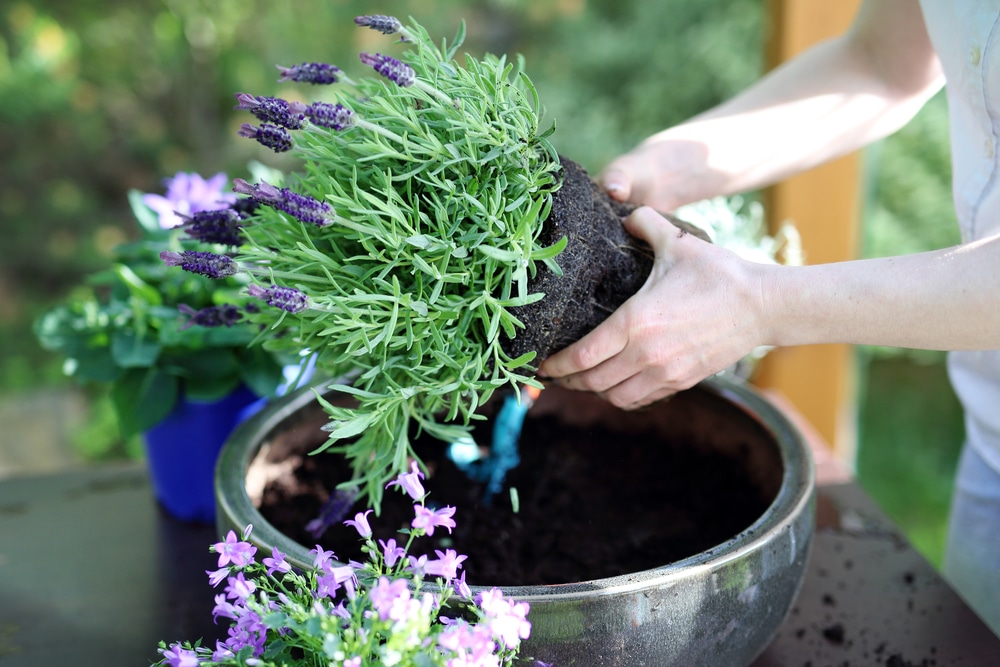
Please make sure the sun hits all parts of your plant, but be careful not to let it sit in direct sunlight, as this can dry out and burn leaves!
Continue to keep the cuttings in a cool yet sunny location – out of direct sunlight – until they have started to sprout new growth (about three weeks). At this point, you can transplant them into individual pots.
Pro Tip: If you don’t have enough natural light, you can use grow lights to nurture your lavender cuttings.
Things to Remember When Taking Cuttings From Lavender
Here are a few things to keep in mind when you’re trying to propagate lavender:
- If you’ve never tried propagating lavender before, it might be worth taking several cuttings to see how easy this process really is.
- If the mother plant dies after cutting off a piece of its stem and leaves, that means something went wrong during propagation or transplantation so take another one from somewhere else on the plant.
- Lavender grows in full sun or partial shade, but they prefer full sunlight.
- These flowering perennials need well-drained soil with a pH between six and eight (anything below seven is considered acidic).
- They will thrive if given room to spread out, so don’t overcrowd them when planting near each other!
- All lavender varieties need regular watering and prefer moist conditions. Keeping the soil wet but not soggy, too much moisture can cause root rot.
- Watering schedules should be adjusted based on your local climate conditions. If you live in a drier region, you may need to water more often than someone who lives in a wetter climate.
- When it comes time for harvesting your lavender, they should be ready in late summer or early fall, depending on the variety of plant that was planted from seedlings last year (this is when new growth begins) and how much sun exposure you have given it.
- When harvesting, cut the flower stem just above a set of leaves to ensure future blooms.
Lavender will be a beautiful addition to any garden, and with these simple steps, you can propagate your own from cuttings!
Safety Tips When Propagating Lavender From Cuttings

Lavender is a beautiful plant, but it can be somewhat dangerous for children.
The tiny hairs on their stems and leaves cause skin irritation when touched; additionally, ingesting any part of the plant may lead to vomiting or diarrhoea. Your kids must know not to touch it.
If your young ones do come into contact with the plant, wash their hands thoroughly and monitor them for any signs of an allergic reaction, such as a rash or hives. If these symptoms persist, call your doctor immediately.
FAQs About Lavender Propagation
Can You Root Lavender Cuttings in Water?
Just like rose cuttings, lavender cuttings can also be rooted in water, but they are more likely to root if placed directly into a potting mix.
When to Take Softwood Cuttings?
Softwood lavender cuttings are best taken in late spring or early summer when the new growth starts. The cuttings are expected to root quickly, primarily within four weeks.
When Do I Take Hardwood Stem Cuttings?
Hardwood cuttings are best taken in spring or fall. They are taken from a woody main stem.
Cuttings from hardwood stems are more reliable than softwood cuttings. However, they won’t root easily as softwood cuttings do.
Can Lavender Be Propagated From Seeds?
Lavender can be propagated from both cuttings and seeds, but it is easier to propagate from stem cuttings.
When Should Lavender Cuttings Be Taken?
The best time to take lavender cuttings is in late spring or early summer when new growth has started.
However, you should consider if you’re taking softwood or hardwood cuttings. The cuttings are expected to root within four weeks if conditions are right.
What Should I Do if My French Lavender Cuttings Don’t Root?
If your lavender cuttings don’t root after being taken out of the rooting medium, it is most likely due to a lack of moisture in the air.
If this happens, move them somewhere with more humidity and try again. Use a misting system on your plants so that they can get enough water during their first few weeks outside.
How to Split Lavender Plants?
When four to five years old, the plants can be propagated by division. Dig up the entire plant, including the roots, and divide it into two or three sections using a sharp knife. Replant each section immediately afterwards.
Enjoy the Calming Fragrance of Lavender
Lavender is a beautiful, fragrant plant that most novice gardeners would want in their gardens. And now that you know how to take lavender cuttings, with a little bit of effort, you can enjoy its calming to come!
If you have any questions about growing lavender from cuttings, drop a comment below, and we’ll get back to you as soon as possible.

